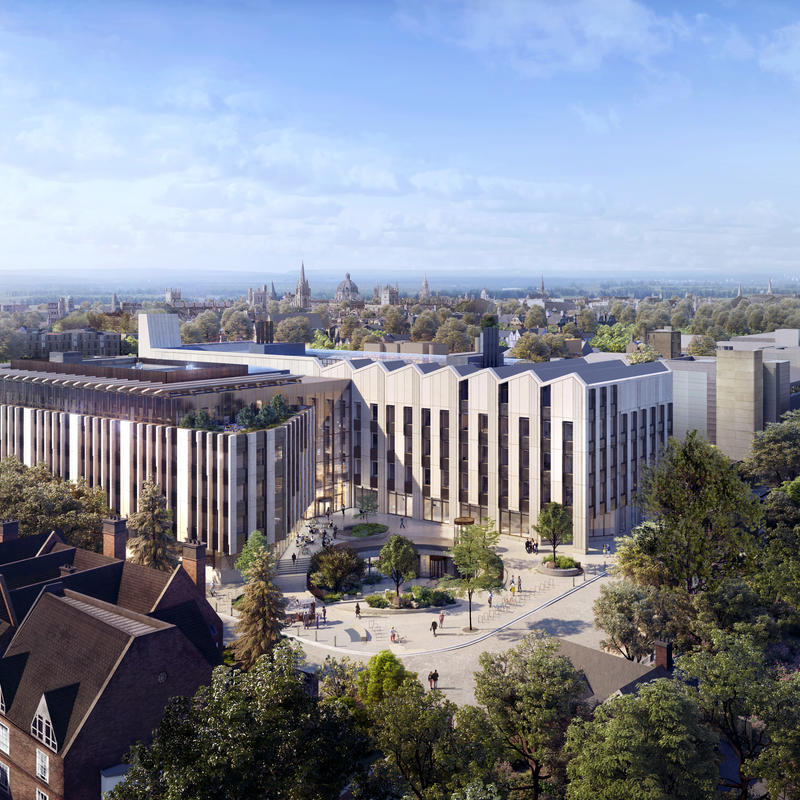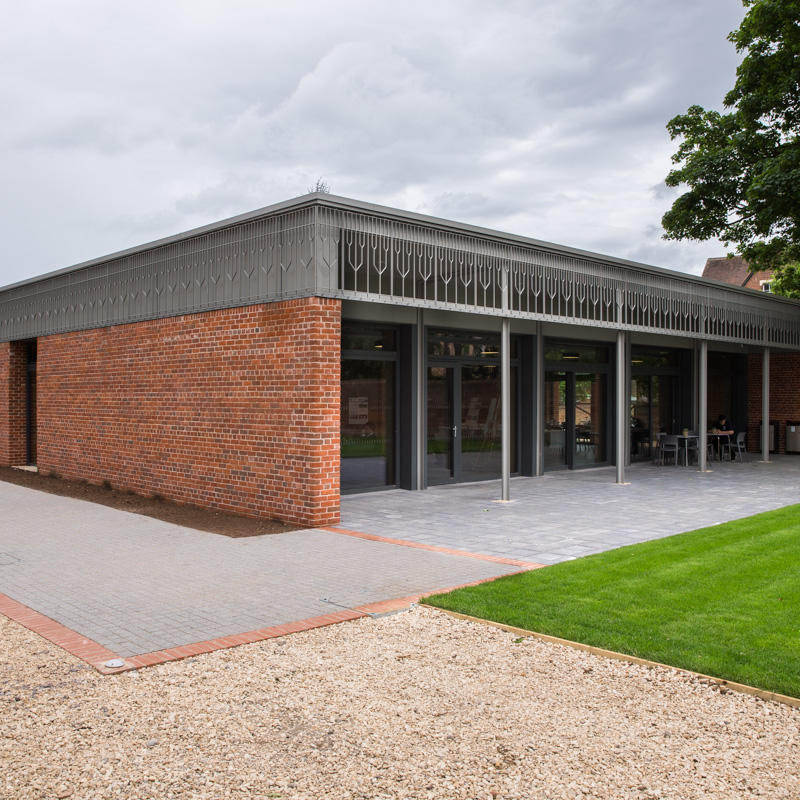Estate Strategy
The University's Estate Strategy 2024 – 2029 sets out the guiding principles that will enable us to deliver the excellent facilities that will support our academic mission
The University’s estate is large, diverse, and complex, and it has been growing steadily for many years. We are proud of the many excellent buildings we have created, but we need to balance investment in new facilities with the ongoing maintenance of our existing estate to create far more pleasant and comfortable environments for work and study, supporting the University’s core academic mission of research, education, public outreach and innovation.
This means delivering an estate that meets the needs of staff and students and meets modern standards in terms of accessibility and safety, provides a stimulating learning environment, well suited to its purpose and is sustainable over the long term in both financial and environmental terms. We must also ensure we provide the resources needed to maintain this high standard.
Our Estate Strategy aims to put us in a position to do all this. It does not exist in isolation; it is one of the enabling elements that will underpin delivery of our overarching strategic aims and the University’s mission: the advancement of learning by teaching and research and its dissemination by every means.
We have produced this strategy in close collaboration with colleagues all over the collegiate University, and by reflecting on what we have been told through a wide range of engagement and consultation activities.
While quality and functional suitability are key priorities, so is the flexibility to adapt as our needs change in future so that the estate continues to support the University’s core mission.
It will be delivered through a set of linked guiding principles.



-
We aim to house all staff and students in pleasant, comfortable spaces that meet the needs of modern research, education, innovation and public outreach. Investment across the estate will bring transformative benefits to the whole University.
-
We will deliver an estate that meets the needs of staff and students, is consistently well-maintained, financially and environmentally sustainable, and sympathetic to its setting.
-
University spaces will be adaptable and shareable, allowing us to respond nimbly to new opportunities and to changes in our needs and ways of working.
-
We will capitalise on the exciting opportunities at Begbroke, Osney Mead, and at other sites of strategic interest including the Headington hospital sites.



-
The entire estate will be well-suited to its purpose and wherever possible meet modern standards in areas such as accessibility.
-
We will focus on comfort and user experience, creating places that people want to work and study in, and to visit.
-
We will continue to act as responsible custodians of our historic buildings and of the wider Oxford built environment.
-
We will move towards a low-carbon, low-energy estate with green spaces that are home to a rich variety of living things.
-
We will invest in optimising the way we carry out repairs and maintenance, focusing our resources where they provide the greatest long-term value and protect business continuity.



- We will develop Oxford Standards for diverse types of space, such as offices, seminar rooms or lecture theatres. These will ensure spaces meet the current and future needs of users.
- A systematic assessment of the functional suitability of University buildings and spaces will provide robust evidence on which to base investment decisions, more clearly revealing where improvements are needed most.
- We will focus on preserving the value of our buildings and systems through judicious maintenance and investment under the Estate Strategy’s Asset Protection workstream.
- A renewed focus on using space more efficiently and intensively will enable the University to get more out of the estate and reduce the need for future expansion.
- We will produce Conservation Management Plans for all our historic buildings to ensure that they receive the care and sensitive maintenance they need.
- We will invest in transforming the facilities that are at the end of their design lives. Where possible we will preserve the carbon embodied in their fabric by doing this through deep refurbishment and retrofit. In cases where refurbishment cannot deliver the required functionality, demolition and replacement will be necessary.
- Bringing existing facilities up to a high standard will be a priority, accepting that this is likely to mean a slowdown in the estate’s growth.
- We will proactively steward a long-term pipeline of projects and develop integrated programmes of investment, with individual projects carefully sequenced to optimise the overall benefits to the University.
- We will develop or refresh masterplans to guide the development of strategically important sites, while also moving forward with the existing masterplans for areas such as Begbroke and Old Road Campus.



-
We will continue to move towards delivery of the Environmental Sustainability Strategy, which commits the University to achieving net zero carbon emissions and a net gain in biodiversity by 2035.
-
We will deliver low-energy buildings, drawing on the Passivhaus methodology, enhancing user comfort and wellbeing as well as reducing running costs and carbon emissions.
-
Our programme of refurbishing or replacing facilities will also enable us to increase our buildings’ environmental performance through improvements to their fabric and systems.
-
We will focus on the parts of the estate with the greatest environmental impact, working both to deliver short-term improvements and to put the infrastructure in place that will allow us to reduce building carbon emissions to the lowest possible level.



-
Publish a detailed plan setting out the programme of capital investment over the coming years that will enable us to deliver the Estate Strategy.
-
Continue to make progress towards creating collaborative innovation districts at Begbroke and Osney Mead, working with our development partners and other stakeholders (subject to planning permission).
-
Our joint venture with Legal & General will also unlock further progress towards creating at least 1,000 new subsidised staff homes and 1,000 more units of graduate accommodation.
-
Introduce a unified framework for the management of the University’s green spaces, helping reach our sustainability goals while also increasing opportunities to use our land for research, teaching, and public engagement.
-
Deliver our in-progress projects:
-
Life and Mind Building
-
The Schwarzman Centre for the Humanities
-


